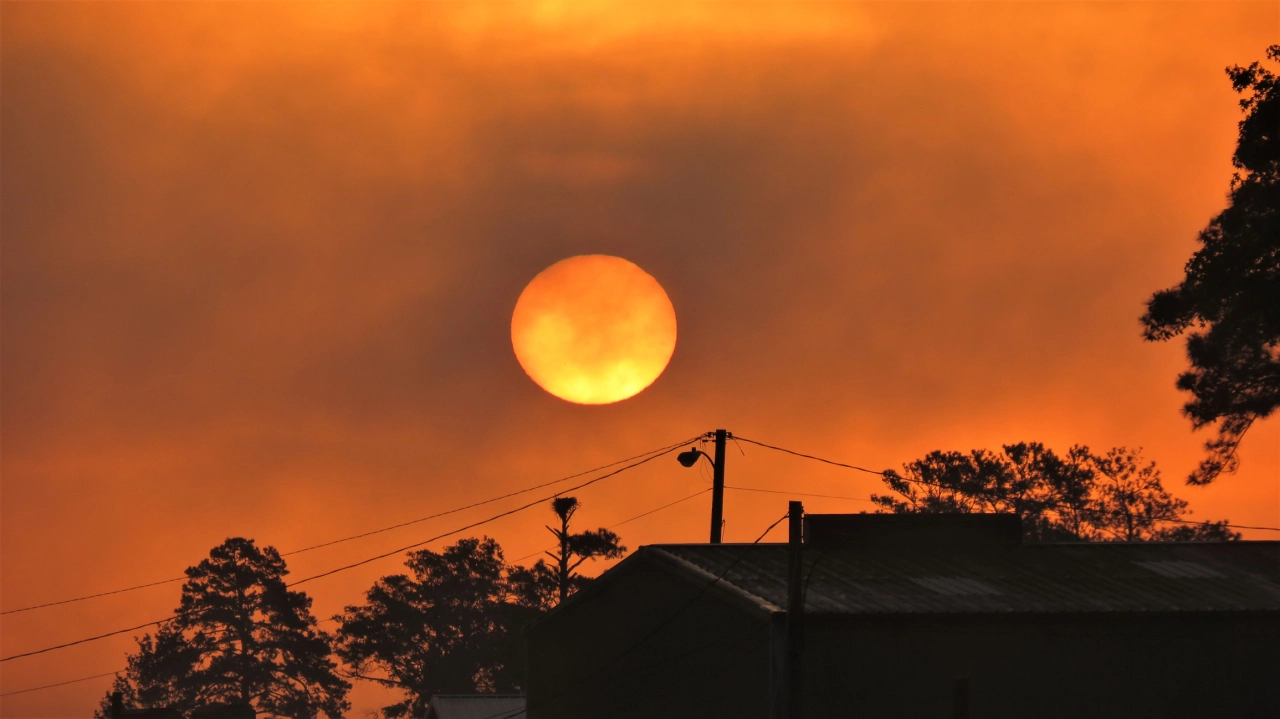Large swathes of the U.S. could suffer blackouts this summer, according to the annual assessment from the North American Electric Reliability Corporation (NERC).
The report, which forecasts how prepared the energy grids that power air conditioners, medical devices, lights and other vital resources are, found that roughly two thirds of the country are at an “elevated risk” of power loss.
Those regions include the entire continental U.S. from Texas to the West Coast, along with large portions of the Midwest and New England.
Despite the extensive areas flagged by the nonprofit, there is some positive news. In contrast to last year’s report, there are no “high risk” regions where normal peak conditions could max out operating reserves. In 2022, the NERC map showed many states under the Midcontinent Independent System Operator (MISO), such as Arkansas, Louisiana, Michigan, Wisconsin, Iowa, Minnesota, Iowa, Illinois and Indiana, either entirely or partly at high risk.
“Increased, rapid deployment of wind, solar and batteries have made a positive impact,” Mark Olson, NERC’s manager of Reliability Assessments, said in a statement. “However, generator retirements continue to increase the risks associated with extreme summer temperatures, which factors into potential supply shortages in the western two-thirds of North America if summer temperatures spike.”
This year’s analysis shows that the grids should be able to function under normal summer weather, but extreme weather events such as the deadly 2021 “heat dome”, a period of record heat baking much of the Western U.S., could cripple grids from the Pacific Northwest and Sun Belt to Texas, according to energy and environment publication E&E News.
“The system is closer to the edge. More needs to be done,” John Moura, NERC director of reliability assessment and performance analysis, told reporters Wednesday.
Using past data of Americans’ summer energy usage and temperature history, the NERC is estimating that there is a 1-in-10 chance this summer of extreme conditions, according to E&E.

